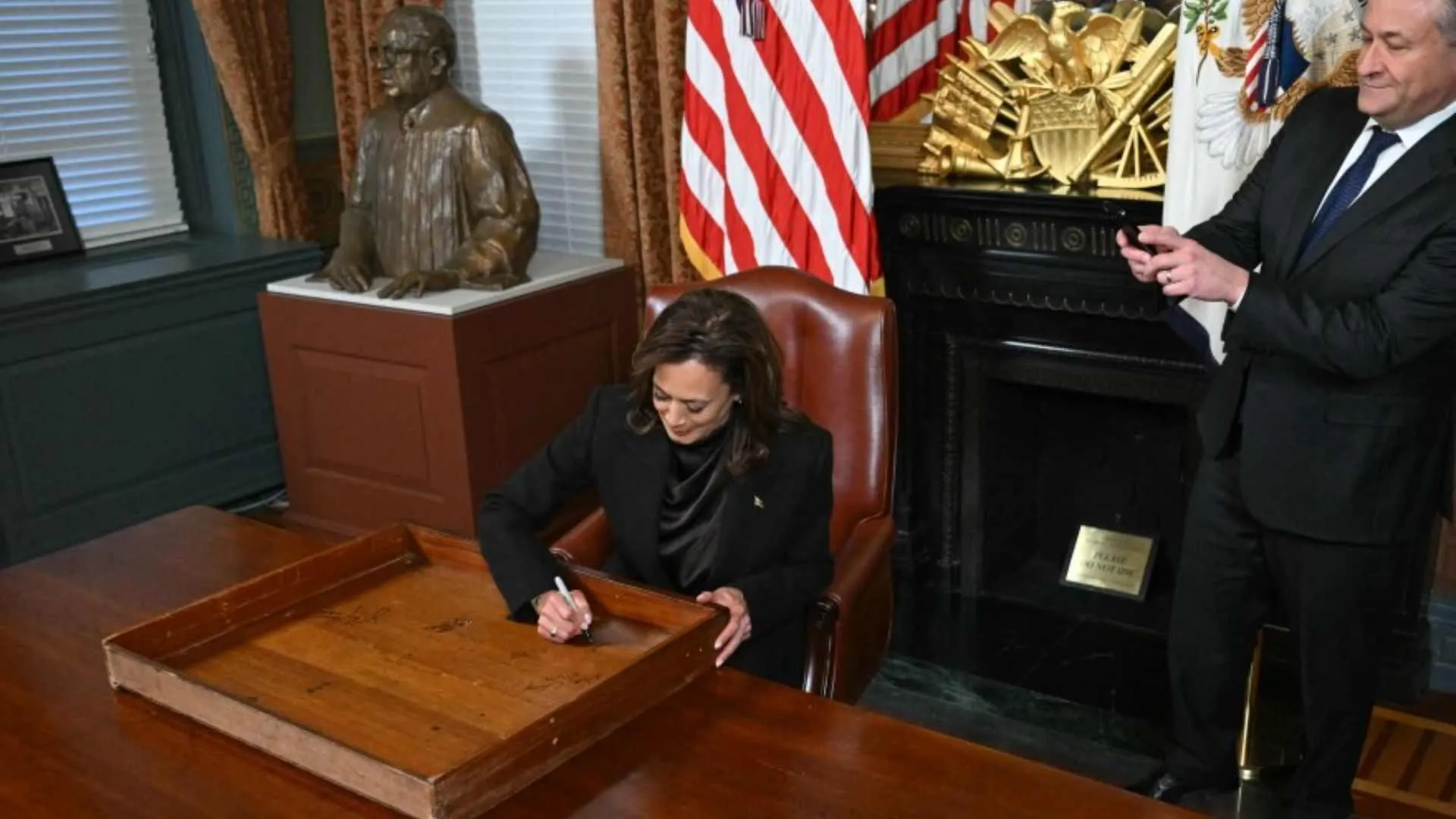Introduction
The concept of a live-in relationship though not defined under any specific law has evolved with time and the major reason behind the evolution of this practice is the change in society that has led to the new practice of couples living together before marriage. With the change in time, societal strata have evolved accordingly.
The practice of a live-in relationship is a conjugal relationship between two people engaged in romantic and sexual relationships with each other who want to live together without getting married.
Live-in relationship under Indian law
Unlike some countries around the world, India does not recognize live-in relationships as a legal union. No legal definition exists for a live-in relationship and no specific law has been codified about laws governing live-in relationships in India. the concept has majorly evolved by the judicial pronouncements made by the apex court.
The Hon’ble Supreme Court in Indra Sarma v. VKV Sarma defined a live-in relationship by defragmenting it into two points in which a live-in relationship can occur. These are as follows:
- The simplest form of a live-in relationship exists between a male and female who are major and unmarried.
- Another form of a live-in relationship can exist between a major unmarried woman and a major married man when they mutually cohabitate with each other and cohabitation between a major unmarried man and a married woman.
Legal status of live-in relationships
Though the concept of a live-in relationship is not recognized in India under any law, the Supreme Court in several precedents has declared that it is neither a criminal offence nor is immoral.
The concept of a live-in relationship gets its legality under Article 21 of the Indian constitution which states that every person has the right to live with dignity. The apex court has mentioned that if a man and a woman want to live together, it’s their choice and it is protected under the right to life.
Partners in a live-in relationship are not entitled to legal rights same as married couples but they are legally protected under certain laws of the land. They do not have rights related to inheritance or maintenance after separation but if a child is born out of such a relationship, the child is entitled to the same legal rights as a child born to a married couple. The courts have ruled that women in cohabitation have the same legal rights as wives in a legal bond of marriage. These rights include the right to maintenance if the child born out of the union lives with her or she has legal custody of the child. She also has the right to be maintained after separation if she has been in a live-in relationship for a long time. Additionally, the Domestic Violence Act, 2005 defines a domestic relationship as one where two persons are living together in a shared household and are in a relationship in the nature of marriage. This entitles a woman engaged in a live-in relationship to legal protection under the Domestic Violence Act.
Legal rights of women and children arising out of live-in relationships.
1.Law relating to the maintenance of the female partner
The law relating to maintenance is given under section 125 of the code of criminal procedure, but this section governs only maintenance to married women. In the case of Abhijit Bhikaseth Autti v. State of Maharashtra (3 Crlj, 889, 8992 (Bom2009) the Hon’ble Supreme Court held that a woman doesn’t need to prove her marriage for entitlement of maintenance under section 125 Cr.P.C. which therefore entitles women to a live-in relationship to claim maintenance from their partner.
2.Legitimacy and inheritance rights of children born out of live-in relationships
This issue was first considered by the apex court in SPS Bala Subramanyam v. Suruttayan (AIR 1994 SC 133) the Hon’ble SC held that if a man and a woman are living under the same roof and cohabiting for several years it will be presumed under section 114 of the Indian evidence act that they are married and child born will be considered legitimate. Also, in the case of Tulsa v. Durghatiya (AIR 2008 SC 1193) the SC stated that children born in live-in relationships are legitimate.
View of the society
A two-fold view exists regarding the legality of live-in relationships. The customary views do not allow such practices and the sociological or legal perspective states that the right to choose exists and should be given to everyone in the society.
On one side the concept of a live-in relationship goes against the personal laws prevalent in society but on the other hand, it gives rights to people who wish to live together without getting married.
The opinion of the judiciary also differs on this subject matter. One recent incident is when the Hon’ble Punjab and Haryana High Court refused to give protection to live-in couples and stated that such relationships are morally and socially not acceptable in the society and are damaging the societal strata of Indian society.
On the contrary, the Hon’ble Court also held that the right to choose is embodied under the right to life and everyone has the right to live in relationships.
Suggestions
It appears just and proper to state that the following suggestions can be considered relating to live-in relationships:
1.Codification of specific laws relating to live-in relationships
Codification of specific laws governing live-in relationships will remove the ambiguities and help in better adjudication of matters relating to it.
2.Creating awareness in society about the advantages and misuses of live-in relationships by organizing programs by women and children ministry
Various awareness programs should be organized by the government about the uses and misuse of live-in relationships.
Conclusion
The concept of live-in a relationship is legal but unprotected by the legislation which generates ambiguity among people in society. The judiciary has protected the individuals but now there is a need for the cumulative effort of legislature, executive, and judiciary for the protection of individuals’ rights engaged in live-in relationships.
The idea is now progressively being acknowledged by society as a marriage alternative that is becoming more and more practical. PWDVA 2005 safeguards part of the rights of women in these relationships, and it is now legal. However, there are a lot of legal and societal issues that live-in couples in India still have to deal with, like social stigma, child custody issues, and property rights. It is critical that the state and society acknowledge live-in partnerships as a normal form of companionship and give those who enter into them more legal protection. Further, a distinct law that prioritizes socio-legal and secular components is required to address the complications that persist in live-in relationships,























